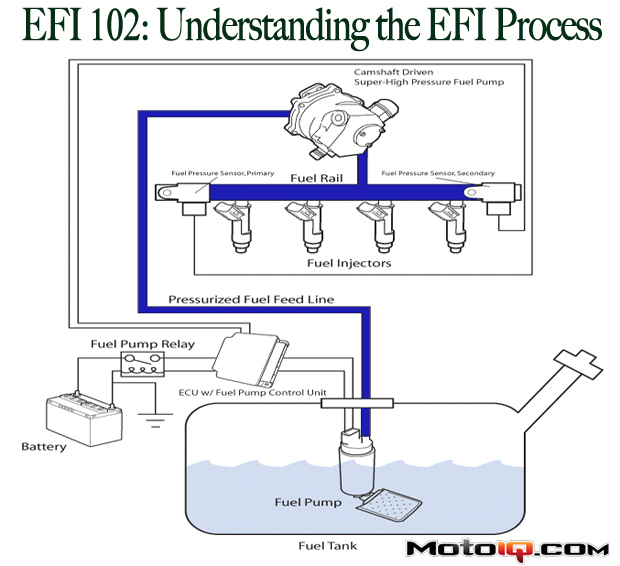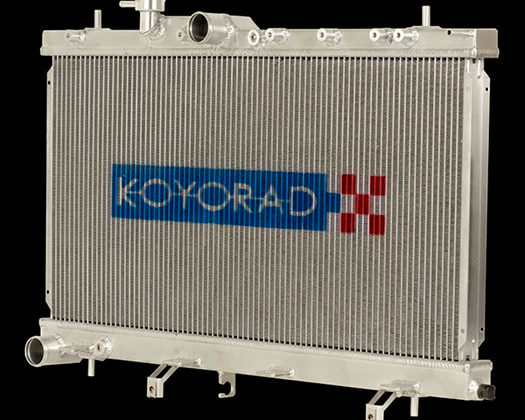,
Camshaft Phasing & Control System Calibrations
The input triggers for most modern EFI camshaft phasing control systems are usually the Crankshaft Position Sensor (CKP) and the Camshaft Position Sensor (CMP). These input triggers are set-up to let the ECU know what RPM the engine is at and what angle the camshaft is at compared to the crankshaft so it can reference the camshaft phasing angle against crankshaft angle. Calibrated values from the camshaft phasing tables are looked-up by the ECU to generate an initial output for the oil control mechanism duty cycle, this output is usually measured in percentage (0 being fully open, 100 being fully closed). All camshaft phasing control systems operate differently and this should be used as example of one type of camshaft phasing control logic.


What this means to you:
- Most modern engine manufacturers are very specific about the quality and quantity of oil which the engine should be operated with. Using an oil which is not approved can cause severe engine damage so it is suggested that you closely follow the manufacturer’s engine oil specifications. Most modern camshaft phasing abilities do not usually increase the peak horsepower produced by the engine. Changing camshaft phasing allows you to move your torque curve…not make more peak torque per se. Some camshaft phasing is designed to work with only the intake camshaft.
- If you datalog AVCS (or other forms of camshaft phasing) you will notice that the camshaft phasing angle fluctuates around the targeted value. This is to be expected because it is using oil pressure to actuate the cam positioning device. Since oil pressure constantly changes during engine operation, this means that camshaft phasing will also have a slight fluctuation. With any change in oil quality, temperature, viscosity, oil pump RPM, etc. the AVCS will fluctuate.
- We currently only have the ability to force the camshaft one way during engine operation, we can advance the camshaft through oil pressure manipulations. This means that most manufacturers build some natural retard into the camshaft so that when the camshaft phasing is shut down the natural position of the camshaft is slightly retarded meaning it will make the engine more efficient at higher RPM.
- Camshaft phasing mechanisms usually allow the engine to generate a broader power band or they can generate peak torque at lower engine RPM and they can allow the engine to produce torque in the higher RPM.
- If you make a change in AVCS and you will usually have to re-tune your ignition and fuel curve to accommodate for the additional torque, back and forth, back and forth, etc. until several hours later you finally have it…more area under the curve. Making improvements in engine torque through camshaft phasing adjustments is a very tedious task that results in the greater overall power production of an engine.



